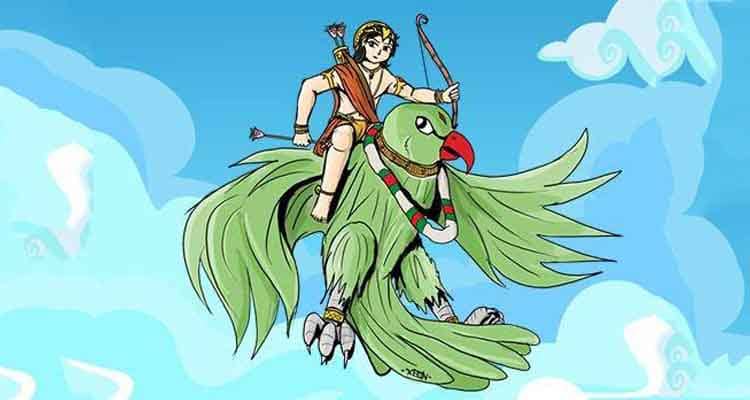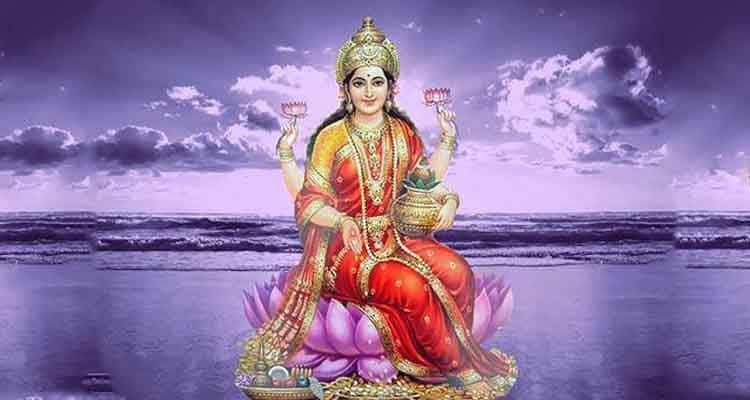Kamadeva The God Of pleasure
He lords over and is the personification of love, lust and sensuality. Much like the western Eros or Cupid, he signifies the attraction between two people. Visually, he is represented as a handsome young man with a parrot as his vahana (vehicle), a sugarcane bow with bees forming the bowstring and flower-tipped arrows. He is often accompanied by his wife, Rati, who is the Goddess of carnal desire, lust, passion and sexual pleasure. She, too, is described in mythological texts as a woman of great youth and beauty and is one of the many daughters of Daksha Prajapati. Together, Kama and Rati have a son named ‘Harsh’; or by some accounts, two sons – the other one being ‘Yash’. The names of the offspring of Mr and Mrs Kama are worth noting here, for the metaphors are more than evident: sexual union and harmony result in joy and grace. Our seer-poets didn’t miss a thing. The story of Kama and Rati is really interesting.
How Kama and Rati came together
Similarly, the relation between material and sensual bounty is spelled out in another story of how Kama and Rati came to be together. It is related to the beauteous form of Lakshmi called Saundarya Lakshmi. It so happened that the goddess, Rati, was once rather plain-looking. Being unable to attract any suitors made Rati very doleful, but then she earned Lakshmi’s benevolence. Lakshmi imparted the art of solah shringara to Rati, which made her the most beautiful woman in the three worlds. Inevitably, Kamadeva was bewitched by her and made her his chief consort. Incidentally, the word shringara includes the term shri, which is another name for the goddess Lakshmi. The Gods of love, then, had the blessings of the goddess of prosperity.
Kamadeva became formless
But another god wasn’t quite pleased with this couple. This famous story of Madana Bhasma is told about the time Lord Shiva was deep in meditation. Having lost his wife, Sati, Shiva had withdrawn from the world. But a world terrorised by the terrible demon, Tarakasura, needed a ‘son of Shiva’ for deliverance. For Shiva to have a son, he would have to get married, and for him to get married, he would first have to be drawn out of his meditative trance. So that Shiva could be united with Parvati – who was Sati reborn – the gods conspired. Kamadeva’s services were enlisted and he was sent to create an untimely spring and shoot these arrows of lust at the recluse God. Kamadeva succeeded in his job alright, but at the cost of his life. When Shiva calmed down, he realised his folly and offered to undo it by bringing him back to life. However, Kamadeva would not have a body any more and thus came to be known as the bodiless one (An-anga). Eventually, Shiva married Parvati and their son, Kartikeya, killed Tarakasura. The day was saved by love, so what if it was now formless.
A love unbounded
That the love of Kama and Rati goes beyond time, form or space is seen in yet another story. The Kama was reborn as Pradyumna, Krishna and Rukmini’s son. As an infant, he was abducted by the fish-demon, Sambara, who Pradyumna was destined to kill. The infant is brought up by Sambara’s wife, Mayadevi, who is no other than Rati reincarnate. Mayadevi keeps Pradyumna protected from her cruel husband, and eventually, the asura meets his fate.
The first couple of love were Kama and Rati
That love is important, whether defined or not, was conceded in a vast body of Indian literature, especially in the late ancient and medieval periods. Of all loves, the one between man and woman received the special attention of artists and poets. And it is hardly surprising that many of these texts were named after the first couple of love Kamadeva and Rati, the Hindu Gods of lust and love. The story of Kama and Rati is eternal. Ritikal poetry from the 14th to the 17th century and texts such as Kama Sutra of Vatsyayana, Rati Rahasya of Kokkoka, Ananga Ranga of Kalyanamalla, the Ratiratnapradipika of Praudha-Devaraja, Rati Manjari of Jayadeva and the anonymous Manmatha Samhita are some such examples. Some of these texts are composed in the samhita style of religious literature, where Rati and Kama are seen to be having a dialogue – much like Shiva and Parvati in the Shaivite tantras. They are depicted as lovers and equal partners in every sense, and thus represent an ideal couple. These texts are rife with instructions of lovemaking and concepts such as the G-spot, oral sex and sexual compatibility, which we consider modern. If literature is any yardstick of social mores, these books reveal that medieval Indian sexual sensibilities were indeed liberated. And it does not make implausible the idea that India was once the place where you loved and let love.



